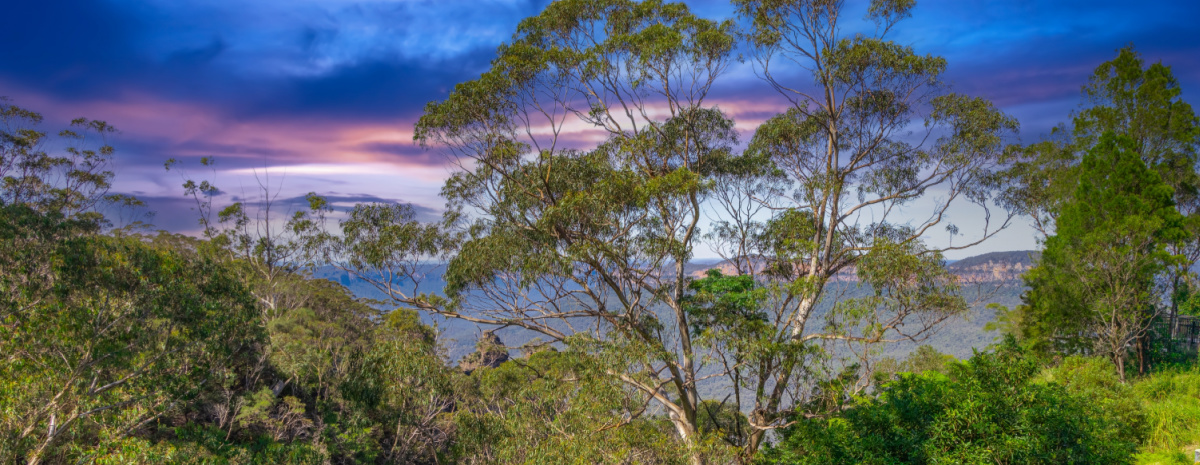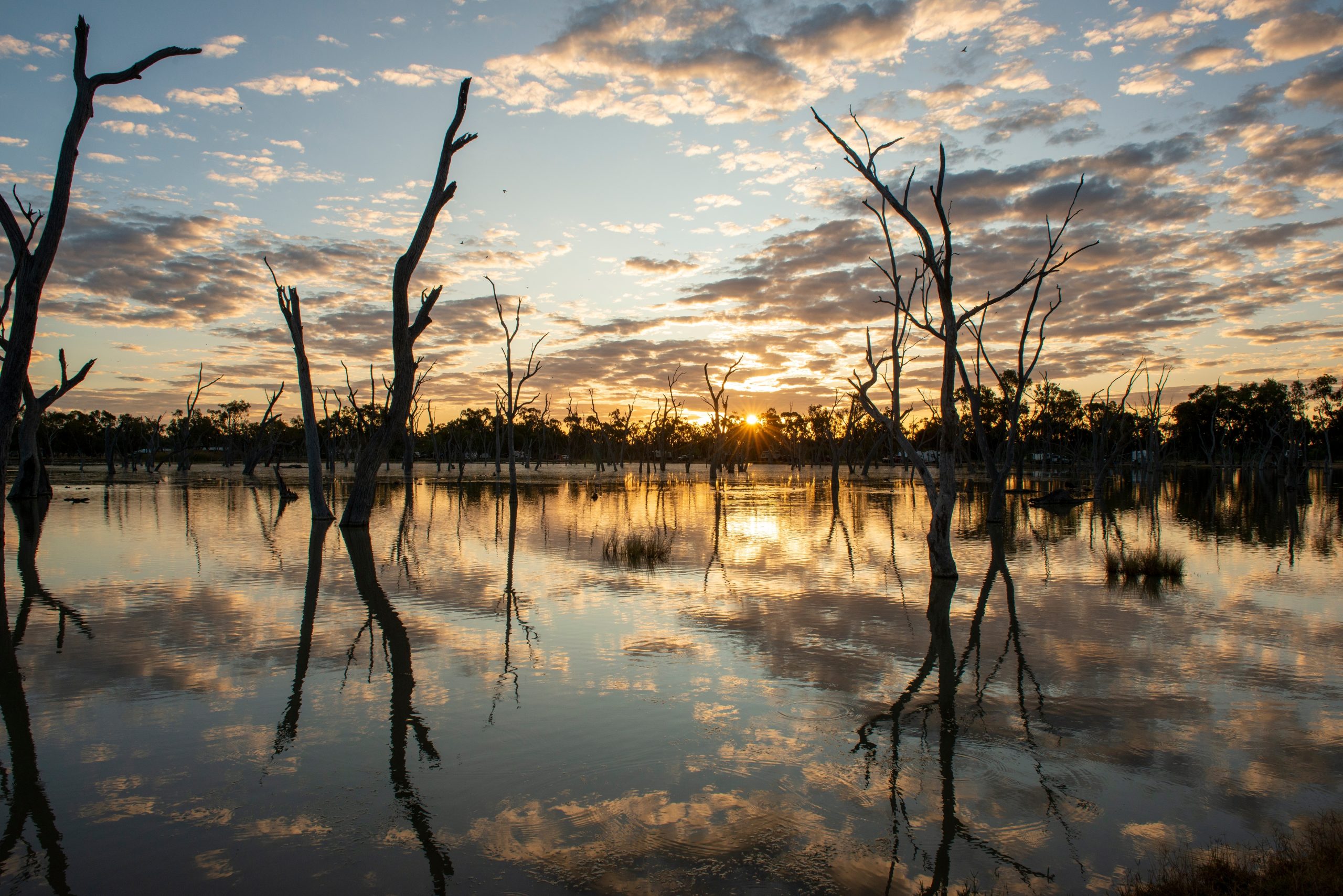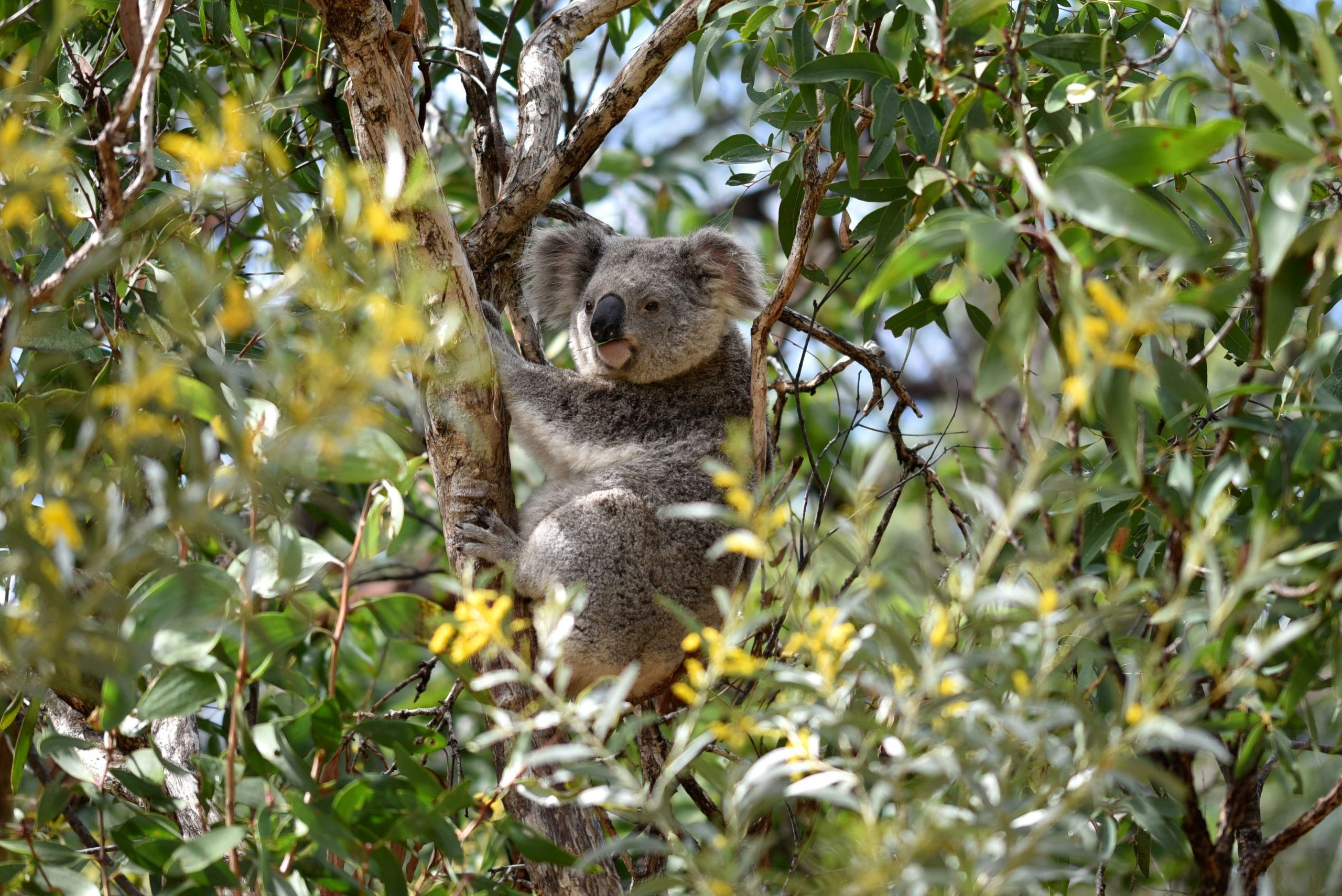Assessing the NSW biodiversity offsets scheme: A failed market or firm foundation for intergenerational conservation?
Authors: Dr Amanda Griffith, Manager – Natural Capital Supply, NSW and Matthew Richardson, Director – Biodiversity Offsetting
April 26, 2023

News & Insights
The NSW Biodiversity Offsets Scheme (BOS)
Anyone reading recent reports would be forgiven for thinking the current NSW Biodiversity Offsets Scheme was unworkable, a failed market.
‘The market for biodiversity credits does not appear to be working for anyone,’ concluded the 2022 NSW Legislative Council review. The 2022 NSW Audit Office report considered ‘effectiveness of the Scheme’s implementation… has been limited,’ largely due to lack of credit supply and concerns about integrity, transparency and sustainability.
Since 2009, Niche has been working with both proponents and landholders engaged in biodiversity offsetting. We have over a decade of experience with the scheme and its predecessors. To date, we have delivered almost 33,000 hectares of conserved land under Biodiversity Stewardship Agreements (BSAs), and undertaken preliminary assessments of more than 320,000 hectares of land. Our view is much more optimistic.
We acknowledge concerns raised about the scheme and see room for improvement. Every day we also see first-hand the ways the scheme is starting to make a difference, from both an ecological and a business strategy perspective. Our strong view is that wholesale changes to the scheme must be avoided.
The value of biodiversity
For the BOS to work as designed, its hierarchy of ‘avoid, minimise, offset’ must be underpinned by genuine economics. Putting a financial value on biodiversity creates incentives to avoid negative biodiversity impacts. It can reward innovative project planning.
The previous scheme was restricted by its reliance on qualitative assessments and limited ability to consider cumulative biodiversity harm. Those factors, along with a tendency towards non-punitive approvals, could result in large scale and net loss of biodiversity.
Having worked under both the current BOS and its predecessors, we are encouraged that the current scheme sets a clear value on biodiversity. It helps businesses – be they developer or landowner – and their boards of directors understand the real costs of failing to take biodiversity into account.
The financial cost of land clearing can now pose a significant impediment to the viability of projects. That means developers and their boards of directors are looking first for ways they can avoid biodiversity impacts.
Niche has a close working relationship with some of the largest project proponents in New South Wales. We are seeing change happen in real time, as projects are reimagined to prioritise harm avoidance as a material outcome.
Consistency is key
The present scheme has been an improvement over the previous biobanking scheme. As we outline below, we see opportunities to modify the scheme to make it even more effective. However we caution against wholesale changes to the structure or metrics.
When the scheme changed in 2016, we saw considerable disruption from the perspectives of both project developers and landholders.
When costs and returns are relatively predictable, participants can plan to manage their costs and evaluate potential benefits. But uncertainty regarding offsetting regulation is death to a project. Consistency over a long period is key.
Opportunities to improve
Ensure credit values create appropriate incentives
Part of our role involves acting as representatives (brokers) for suppliers and proponents in the offsets market, matching sellers of credits with buyers who need to source them. Niche has developed a specific Biodiversity Offset Exchange (BOE) Database that holds all significant developments, offset sites and potential offset sites in the state in one location and allows our team to match demand and supply in an instant. We agree with concerns raised about lack of supply in the market.

Niche’s Biodiversity Offset Exchange (BOE) Database allows our team to match demand and supply in an instant.
Strategic approaches to generate credit supply are in proponents’ best interests.
Paying into the BCT fund is not the best outcome for any party involved in the NSW biodiversity offsetting scheme. We welcome further changes to address the issues with supply, particularly of species credits.
Changes in the value -basis of species credits as of October 2022 helped. Previously the relatively low value of species credits compared with the cost of surveying acted as a disincentive to survey for species within the development footprint. Since the value basis changed, two things have happened:
First, economic incentives to assume the presence of biodiversity that attracted a relatively inexpensive offset liability within the development footprint have been removed. Previously proponents would budget to offset impacts to species that may or may not be present in their development footprint, because it was cheaper to offset than survey for them. That behaviour has changed.
Second, offset site owners are now paying for additional species credit surveys to be undertaken, as the financial return on their sale adequately offsets the increased survey costs.
Relax additionality rules
One method of increasing supply of species credits into the market would be to relax temporarily the ‘additionality’ rules that inhibit the generation of species credits on sites that are already established.
Additionality argues that the benefit of adding a new species credit to an existing offset site should be limited to the extent that previous conservation actions have enabled that species to exist there (or to settle there now that the site is established). This results in a reduction in the number of credits that might otherwise be generated. However, the reality is that ecological timeframes are far longer than the age of most offset sites. If a species is present on an existing biodiversity offset site, the likelihood of it being there before the establishment of the offset site is very high.
Adding species credits to existing offset sites makes sense on so many levels. The sites are already in existence and the barriers to entry for both the landholder and the NSW Government have already been overcome. Offset site owners are already motivated to support conservation. The mechanisms to manage and monitor the site are established.
Niche is calling for a moratorium on additionality, at least for a time, to allow motivated and conservation-minded landowners the opportunity to add species credits to their site without the prohibitive impost of additionality.
Consider capital gains tax implications
We see that uncertainty and inconsistent advice around capital gains tax (CGT) implications act as a disincentive for landholders to enter into biodiversity stewardship agreements. Since signing the agreement could trigger a CGT event, landholders can face a large tax bill years before they ever sell a credit.
Better alignment between state and federal governments on this issue, as well as market changes to reduce the lag between signing, sale, and sites going into active management will be important.
Review market effectiveness and regulation
Further steps to review market effectiveness would also be welcome.
We acknowledge the concerns raised by recent reviews about probity in the market as it currently operates. We would welcome regulation to increase transparency and require disclosure of any conflicts of interest, so parties can make informed decisions about entering into agreements.
Landholders also need to understand the costs of establishing a site, credit sale arrangements in place and potential sale price of credits. They may welcome the support of the Credit Supply Taskforce (CST) to establish the site and broker credit sales. However, the terms of the CST’s procurement process, costs of establishment, or sale price of credits are not always clear. It is important the CST can provide this information so landholders can make informed decisions. Otherwise the CST’s role may have the unintended consequence of disadvantaging landholders and distorting the market.
Complex problems need nuanced solutions
It can be tempting to simplify the debate as one between environment and development. However, for the clients we work with, it is never so clear cut. Projects currently impacting the environment, such as wind and solar farms, rail infrastructure, and new energy transmission corridors are all nation-building projects and essential to Australia’s energy transition.
In our evaluation, the BOS provides a firm foundation on which to balance the competing demands of economic transition and preserving biodiversity. Taking opportunities to strengthen the scheme now will ensure it continues to contribute to intergenerational conservation.
About the authors

Dr Amanda Griffith is Niche’s Manager for Natural Capital Supply. She is a skilled ecologist, field biologist, ecological consultant and project manager with over 19 years’ experience in ecological consulting in NSW. Amanda is an accredited assessor under the NSW Biodiversity Conservation Act 2016. She has a thorough understanding of environmental legislation underpinning ecological consulting work, as well as a detailed working knowledge of the NSW and Commonwealth biodiversity offsetting schemes. Over her career, she has delivered many small to large-scale projects with clients across a broad range of sectors, including linear infrastructure, mining, renewable energy, and land development.

Matthew Richardson is a Founding Director and Biodiversity Offsetting Strategist at Niche. In over 25 years of consulting, he has delivered hundreds of projects across a range of industry sectors including large infrastructure, utility, renewable, mining and other landscape-scale projects. He has experience with projects combining multiple environmental disciplines and has specific expertise in developing biodiversity offset strategies, delivering complex biodiversity offset obligations, strategic land planning, ecology assessments, and project environmental approvals. Matthew is a strategic thinker who works with clients from the start of a project to understand their objectives, offer advice and ensure that Niche provides the right expert team for every project.
Find out more
Follow us
Excellence in your environment



